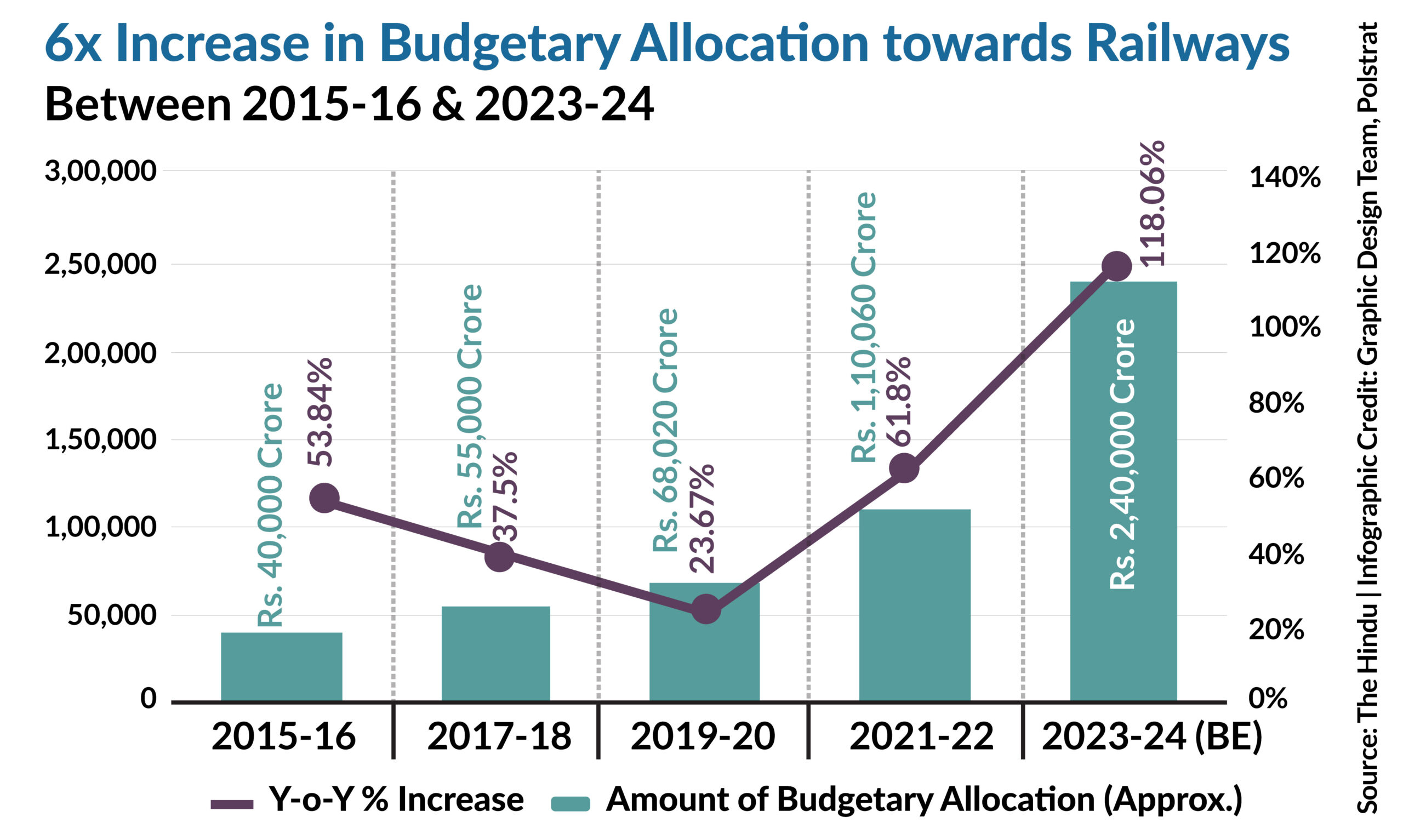


The Indian Railways has been an integral part of India’s transportation infrastructure for over 170 years. With its vast network and extensive operations, the 68,000 km railway network facilitates travel for more than 350 crore people annually and plays a crucial role in the country’s economic growth. However, as the fourth largest railway network in the world just after the US, China, and Russia, it has seen the highest number of train accidents and deaths in the last ten years among these countries. Recent incidents like the Odisha train mishap, with a recorded toll of 288 dead and more than 1,000 injured, raise concerns about safety and highlight the need for improvements in the rail network. While several initiatives have been taken to improve the safety and efficient operation of Indian Railways, clearly, a lot more needs to be done as the country moves towards introducing more high-speed trains.
According to the National Crime Records Bureau data, there were around 1,00,000 railway-related deaths in the country between 2017 and 2021. According to a 2021 report from the Comptroller and Auditor General of India, nearly 70 per cent of the 2,017 train accidents in this period were due to derailments caused by old signalling equipment, poorly maintained infrastructure, track defects, and human errors. Poor funding or refusal to use the funding to fix railroad tracks can also be attributed to those accidents.
In this article, we will delve into the facts and figures of Indian Railways, discuss its significance for the Indian economy, analyse safety issues, and explore measures to enhance safety and reduce accidents.